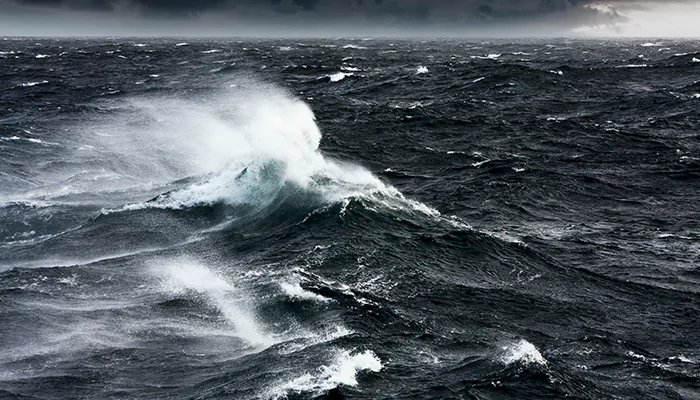The Science Behind the Possible reasons of Tropical cyclonic Storms
‘In all natural disasters through time, man needs to attach meaning to tragedy, no matter how random and inexplicable the event is’- Nathaniel Philbrick.
- Sohini
- 28 February, 2025
- 2 mins ago

The Science Behind the Possible reasons of Tropical cyclonic Storms
‘In all natural disasters through time, man needs to attach meaning to tragedy, no matter how random and inexplicable the event is’- Nathaniel Philbrick.
It is always very tragic for all of us to face disasters, no matter whether it’s caused by nature or not. But we must always consider our weakness when it’s the matter of the destructive aspects of nature. Since ages, so many disasters have proved and are still proving our limitations in front of nature, who is limitless. Few such disasters are cyclones, often considered as Typhoons, Hurricanes of the tropical region. It is basically a rapidly rotating storm, generated by a low pressure somewhere in the sea. It has so many categories depending on the nature and the velocity of the wind. Numerous driving forces are there which create the favourable situation for tropical cyclones. These are-
Presence of warm and moist air
There should be an abundant supply of the warm moist air after the formation of low pressure or depression. This warm air helps in creating the cloud and the wind band in the process of cyclone formation.
Rise of the sea surface temperature (SST)
One of the most important causes of tropical cyclones is the growing temperature of the sea surface. Generally, the favourable surface temperature is 28 Degree Celsius and above. Extremely severe or super cyclones (Amphan) are formed when the temperature reaches more than 32 Degree.
High Coriolis force
Higher value of Coriolis force is required in the process of the formation of these cyclones. It has been observed that tropical cyclones are absent in the area of 5 to 8 degrees on both sides of the equator where the Coriolis force is very less. Most of the tropical cyclones generally form within the belt of 8 to 20 degrees where the force is very high.

Pre existing disturbance on the land
In some cases, pre- existing disturbance on the land attracts the cyclone towards itself. It provides a huge amount of moist air which helps the cyclone in formation.
Anticyclonic circulation
Anticyclonic circulation should be there at the height of 9000 to 15000m above the surface. This anticyclonic circulation attracts air from the surface level of the sea. As a result, the upward air movement occurs which helps in intensifying the cyclone.
These are a few possible reasons for tropical cyclones. It’s true that we cannot stop these disasters from happening, what we can do is to stop exploiting nature, because, if nature starts taking revenge, the whole civilization will be at risk.










